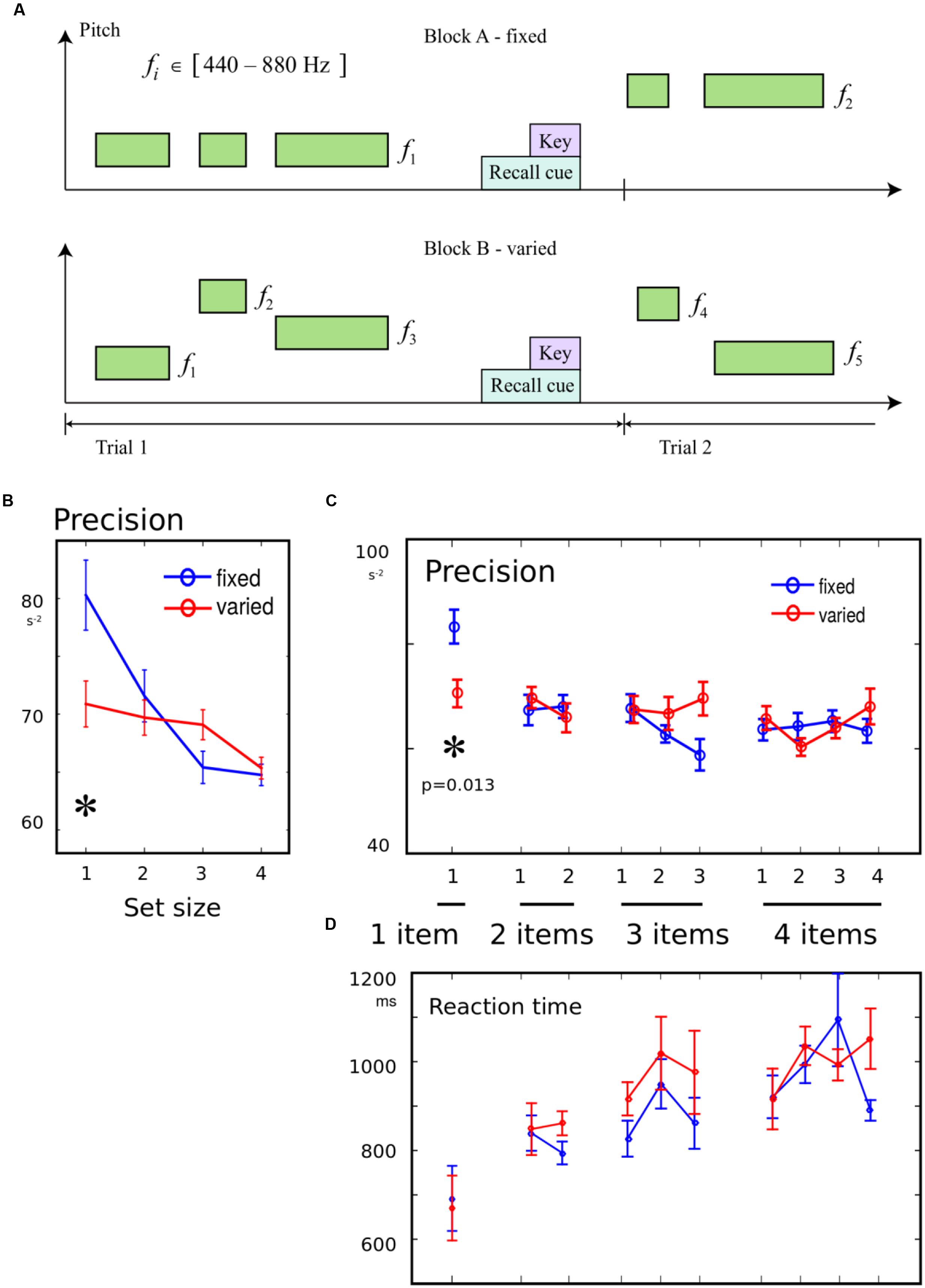Postman And Phillips Serial Position Effect Experiment
AbstractIn-immediate free recall, words recalled successively tend to come from nearby serial positions. Kahana (1996) documented this effect and showed that this tendency, which the authors refer to as the lag recency effect, is well described by a variant of the search of associative memory (SAM) model (J. Raaijmakers & R. Shiffrin, 1980, 1981). In 2 experiments, participants performed immediate, delayed, and continuous distractor free recall under conditions designed to minimize rehearsal. The lag recency effect, previously observed in immediate free recall, was also observed in delayed and continuous distractor free recall. Although two-store memory models, such as SAM, readily account for the end-of-list recency effect in immediate free recall, and its attenuation in delayed free recall, these models fail to account for the long-term recency effect.
By means of analytic simulations, the authors show that both the end of list recency effect and the lag recency effect, across all distractor conditions, can be explained by a single-store model in which context, retrieved with each recalled item, serves as a cue for subsequent recalls. The recency effect refers to the decline in memory performance with the passage of time or the presence of interfering events. Although recency effects in recognition memory are long lived and resistant to interference (e.g., Strong, 1912), recency effects in free and probed recall are short lived and are extremely vulnerable to interference (e.g., Postman & Phillips, 1965).
Postman And Phillips Serial Position Effect Experiments
In this article we analyze the recency effect in free recall, focusing on the details of retrieval under various distractor conditions. In free recall, the recency effect is almost completely eliminated by 15 s of a distractor task (Glanzer & Cunitz, 1966; Postman & Phillips, 1965). The special status of the recency effect in free recall is highlighted by findings that numerous experimental manipulations and participant variables have different effects on recency and prerecency items. For example, list length (Murdock, 1962), interitem similarity.

Free recall recency effect lag recency effect serial position effect contextual variability immediate free recall continuous distractor free recall postman phillips distractor condition probed recall participant variable numerous experimental manipulation memory performance single-store model two-store memory model in-immediate free recall. The serial-position curve in free-recall tasks is one of the most robust findings in memory research. The higher probability of recall of early (primacy) and late (recency) list items, as com-pared to items from the middle of the list (e.g., Murdock, 1962; Postman & Phillips, 1965), has intrigued memory researchers for more than a century.